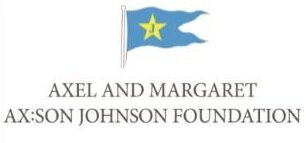Dr Jan Boesten has coordinated a section in the Summer issue of Latin American Studies Association's Quarterly Newsletter based on a workshop run by CCW project ConPeace. The full LASA newsletter is available here.
Dr Boesten's section on "Challenges in Colombia's Changing Security Landscape" includes the following articles:
Toward a Shared Vision of Peace
Magali Alba Niño, Jan Boesten, Annette Idler, Juan Masullo, Arlene B. Tickner, Julia Zulver
De 310 páginas a una paz transformadora: El reto de la paz territorial en Colombia
Borja Paladini Adell
Notes on the Implementation of the Peace Agreement in Colombia: Securing a Stable and Lasting Peace
Juan Carlos Restrepo
Perspectiva de la sociedad civil de regiones marginadas ¿Cómo podemos empoderar a las comunidades locales para enfrentar los desafíos de seguridad?
Magali Alba-Niño
Abstract: The University of Oxford’s CONPEACE (From Conflict Actors to Architects of Peace) Program at the Changing Character of War Centre, together with Bogota’s Rosario University and the Simon Bolívar University in Cúcuta, organized a one-day, cross-stakeholder workshop in Bogotá prior to the presidential elections to discuss the changing security landscape in Colombia. The workshop brought together stakeholders from Colombia’s civil society (both urban and rural), the UNHCR (the United Nations High Commissioner for Refugees) and the UN Mission to Colombia (as representatives of the international community), the national government, and national and international academics. This article explores some of the most important insights from our debates. Three points were essential: first, our understanding of security issues can benefit greatly from employing human and citizen security lenses that go beyond mere military presence throughout the national territory; second, the peace process with the FARC is not reversible and should be seen as an opportunity for the new government to create sustainable peace; third, the national government can learn from the collective action and community organizing of civil society in marginalized regions to improve long-term, people-centered security.




